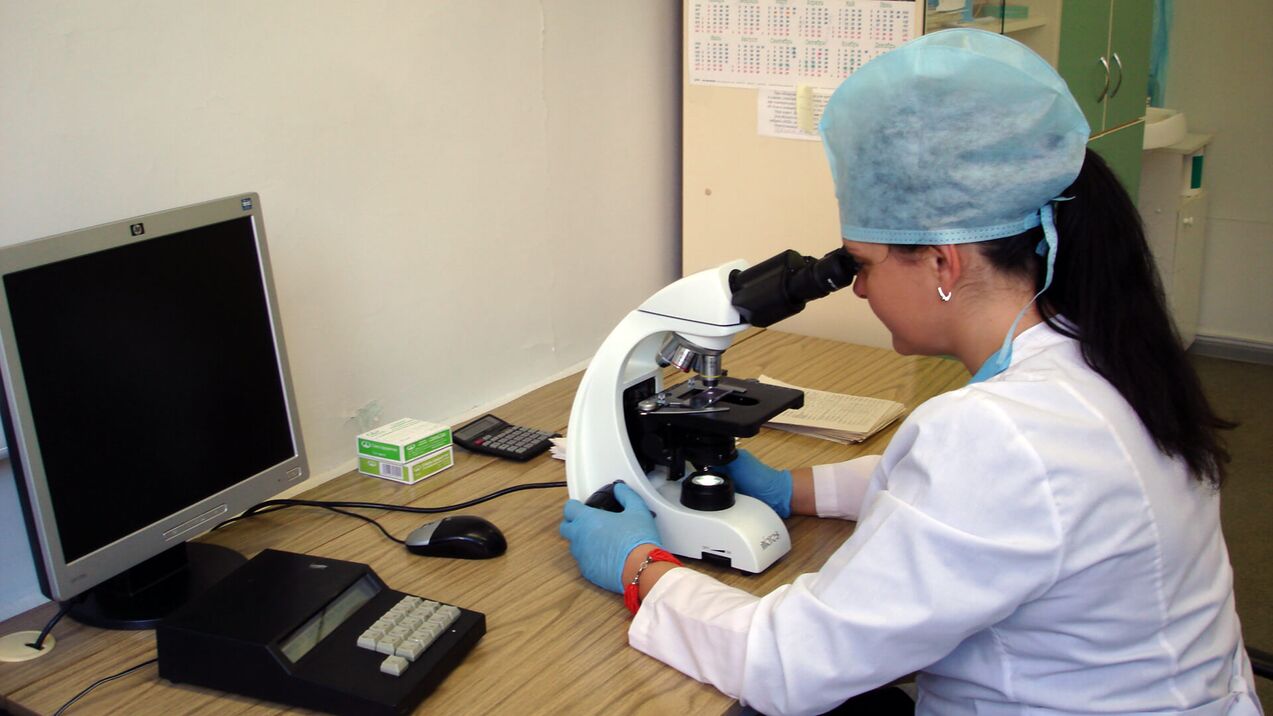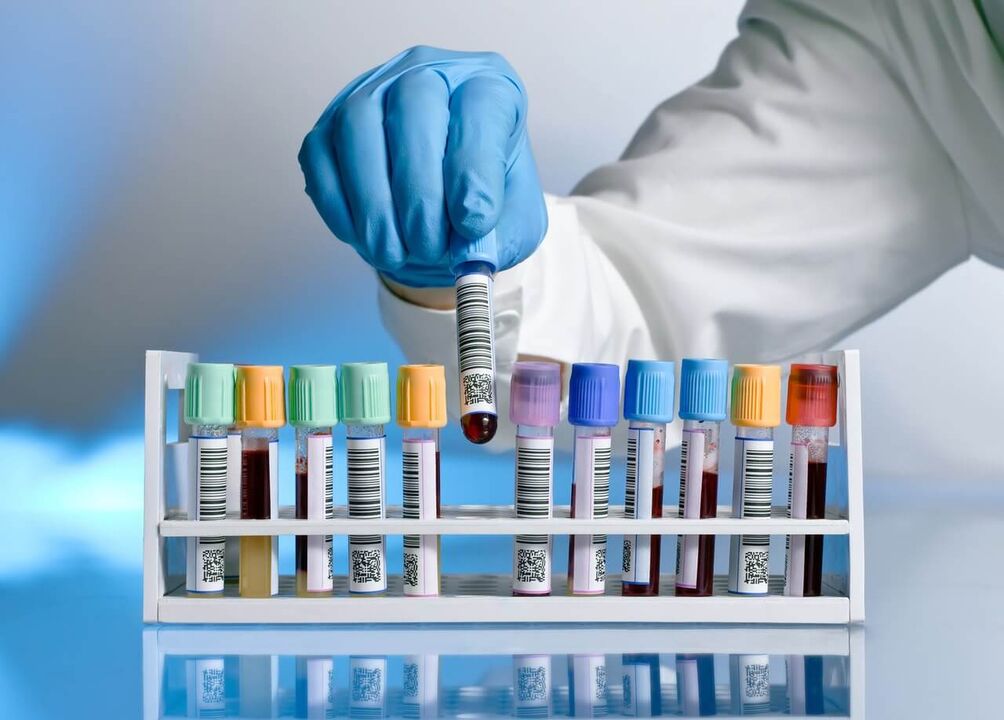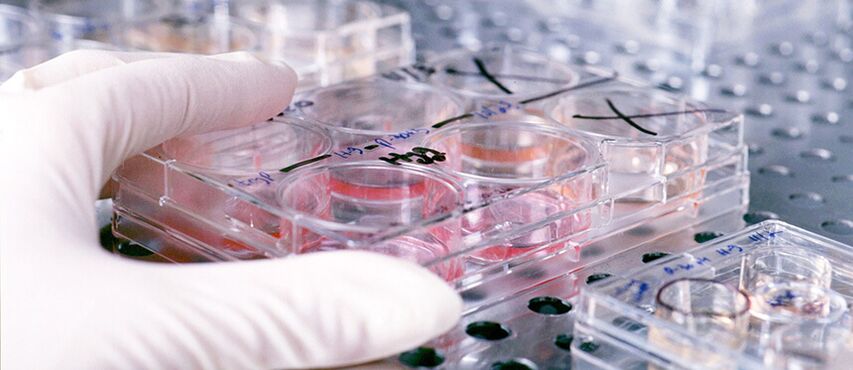
The flow of the penis of a man can tell about his male health, the presence of diseases of the genitourinary system. Often, discharge is the only or one of the symptoms of a serious illness, so it is necessary to be very careful about them, to observe changes in color, smell, consistency, etc.
Male genital discharge refers to all discharge from the urethra, sebaceous and skin glands, prostate duct, and ejaculatory duct. Depending on the nature of occurrence, it is divided into physiological and pathological. The latter occurs as a result of the development of infectious, inflammatory or other diseases of the prostate gland, bladder or other organ of the urinary system.
Everything is normal: physiological discharge
There are three types of physiological secretions, which are released from the penis to one degree or another and do not indicate the presence of diseases:
- urethrorrhea;
- smegma;
- sperm
urethrorrhea
In most cases, clear discharge in men is libidinal or physiological urethrhoea. This is the secret of the clear color secreted by the urinary glands. A discharge from the urethra, usually during arousal. The purpose of the secret is to lubricate the ducts before the sperm can pass through.
The amount of isolated urethrorrhea may be small or large. It depends on the period of sexual abstinence, as well as the individual characteristics of the man. After prolonged abstinence from sexual intercourse, a small amount of sperm is released along with urethrhoea, which changes its color.

It should be noted that if the amount of discharge is more than usual, you should consult a doctor, because this phenomenon may indicate the development of the disease.
Smegma
Smegma, also called preputial lubrication, is secreted by glands located above the foreskin. The purpose of the secret is to reduce friction between the head of the penis and the foreskin. Smegma is constantly released. During puberty, it can be more, in old age - less.
Smegma consists of oil and bacteria. It accumulates under the inner leaf of the foreskin. According to daily hygiene procedures, the cheese is easily washed. Otherwise, its accumulation is an excellent environment for the development of bacteria that lead to the inflammatory process. If the oil is not washed on time (this should be done at least once a day), it will begin to decompose and rot. After that, it changes from clear white to yellow or green. There is an unpleasant smell.
Sperm
Semen refers to the physiological secretions from the male genital organ. Semen is usually a mixture of secretions from the gonads and spermatozoa, and is released during intercourse or masturbation. Men also experience involuntary ejaculations of sperm called wet dreams. They usually occur in adolescent boys, during puberty, or with prolonged abstinence. Involuntary ejaculation occurs at night or in the morning because it is associated with the production of testosterone.
Natural male secretions include urine and prostate secretions, which can be clear, yellow, or light brown in color. The special smell of spermine helps to distinguish the room. The yeast is thick and white-pink in color. Changes in the amount of discharge, their color and smell, as well as cloudiness or the appearance of mucus can be the first signs of prostatitis or cancer.
Pathological discharge
The causes of pathological discharge can be very different. These include:
- Inflammatory processes, including conditionally caused by pathogenic own flora;
- oncological diseases;
- STI;
- effects of operations or injuries.
Also, pathological discharges differ in color. They can be white, gray, yellow, brown and others. In addition, there may be a mixture of blood or pus. The nature of the discharge can be small or large, they can be constant or separated from time to time, for example, in the morning or after going to the toilet, etc. b.

Different diseases often have similar secretions, but at the same time, one disease can show different representatives of the stronger sex in different ways. It is not possible to diagnose the disease by secretions. If you notice any changes in their color, quantity, or smell, or if you notice a mixture of mucus, blood, or pus, be sure to contact your doctor and undergo the necessary tests.
STD-related penile discharge
Sexually transmitted diseases are often accompanied by:
- Viscous mucoid clear secretions. Usually, a small number of them indicates the development of mycoplasmal or ureaplasmal urethritis, or chronic chlamydia. Microscopic examination shows an average number of leukocytes.
- With mycoplasmosis or ureaplasmosis, clear or white mucous purulent discharge occurs. They can also be accompanied by chlamydia. In this case, the discharge sticks to the head of the penis.
- Purulent discharge in men indicates gonorrhea. They can be brown, yellow or green in color, have an unpleasant rotten smell and are very dense. They also contain an increased number of epithelial leukocytes and microscopic particles. The abundance depends on the degree of development of the disease. Other symptoms of gonorrhea are itching and burning that worsen after going to the bathroom, pain and discomfort in the genitals.
The peculiarity of sexually transmitted diseases is that several infections become their causative agents at the same time. In this case, the course of the disease, as well as the nature and extent of the flow can change significantly, so it is not possible to diagnose the disease without clinical studies on the output alone.
Self-diagnosis and subsequent self-treatment of sexually transmitted diseases with antibiotics may result in the disappearance of symptoms, but the cause remains. After the course of treatment, the disease attacks with a new force, so it is not necessary to start the disease and self-medicate. Effective treatment depends on the correct diagnosis. And it cannot be determined only by the nature of the discharge.
Discharge associated with non-venereal inflammation
Each person's body always has a pathogenic flora called conventional, for example, candida fungus, E. coli, streptococcus and others. Most of the time, it is not felt, but under certain conditions (hypothermia, stress, weakening of the immune system) it can lead to an inflammatory process.

Diseases of the genitourinary system, its causative agent is accompanied by its own flora, as well as secretions:
- Muco-purulent discharge is often accompanied by non-gonococcal urethritis (inflammation of the urethra). Their characteristic feature is a slight profusion, which may increase between large interruptions of urination. The disease is not characterized by other symptoms (pain, itching), or they are poorly expressed.
- Balanoposthitis is accompanied by large masses of yellow or green mucus, sometimes with pus. Symptoms are inflammation of the foreskin, its intense redness, as well as pain and redness of the head of the penis.
- Prostatitis is characterized by cloudy discharge after urination. During the acute form of the disease, there is a lot of discharge, and when it turns into a chronic form, the color turns white and the number decreases.
- Candidiasis, or thrush, is caused by the fungus Candida and is accompanied by a thick, sour-smelling discharge. The scalp and foreskin may be red, sore or itchy. The causes of candidiasis are the use of antibiotics, chemotherapy or radiation therapy, as well as other factors that lower the immune system.
- Gardnerellosis of the urinary tract occurs as a result of microflora damage (dysbacteriosis) and is accompanied by small secretions of yellow or green color with a characteristic fishy smell.
Discharge not associated with inflammatory process
Discharges that are not accompanied by an inflammatory process are very rare in the stronger sex. The cause of such secretion is mechanical disorders, diseases of the nervous system, oncology and others.
- Spermatorrhea is the spontaneous discharge of sperm. The appearance of such secretions has nothing to do with intercourse or masturbation. Ejaculation is not accompanied by orgasm. The cause of this phenomenon is often neurological diseases, as well as spinal injuries. Blood vessels lose tone and ability to retain sperm.
- Hematorrhea - bloody discharge from the urethra. Hematorrhea during smear, instrumental examination, catheter installation, etc. In addition, spotting after urination can indicate kidney stones, tumors or other serious diseases.
- Prostatorrhea - secretion of the prostate gland. Prostorrhea is caused by loose muscles of the excretory ducts of the prostate gland. A similar phenomenon is often accompanied by prostatitis or adenoma.
- Brown discharge with or without mucus can indicate cancer of the prostate, bladder, penis, or urethra. There may be blood clots or pus in the discharge.
Tests can help determine the cause of the leak
Pathological discharge can be associated with various diseases. Only a qualified doctor can determine the true cause of the discharge and prescribe the correct treatment.
The patient, who complains of prolapse in the penis, should undergo a series of studies that will help determine the cause of their occurrence. The doctor's examination begins with a detailed examination of the genitals for rashes, redness and other visible signs. Often, the discharge remains in the underwear, which the doctor also carefully examines.

One of the mandatory stages of research is palpation of lymph nodes. The doctor will ask whether they have increased or not, whether they remain mobile or immobile, whether there is pain when walking, etc. b. u. s. checks.
The doctor will also check the nature of the discharge immediately and after 2-3 hours (during this period the patient should refrain from urinating). Diseases of the prostate gland (adenoma, prostatitis or tumor) help to determine the palpation of the prostate gland. In a normal condition, both parts of the prostate gland are the same size, but in disease, one part is larger than the other.
The following clinical tests can also help determine the cause of the discharge:
- general blood analysis;
- detailed urinalysis;
- blood sugar analysis (taken in the morning on an empty stomach);
- smear from the urinary tract;
- culture of urethral secretions.
In the case of an infectious disease, the smear plays a key role in the diagnosis. This study not only helps to identify the pathogen, but also the recipe of the disease, its course, etc. b. The presence of an infection associated with the inflammatory process is indicated by an increased number of leukocytes. The norm considers no more than 4 leukocytes in the field of view.
In order for the smear to provide the most correct information about the patient's state of health, it is necessary to prepare the admission procedure. Do not urinate for at least 2 hours before taking the pill, and do not perform water procedures. In addition, local treatment with antibiotics or other drugs should be stopped for three days. The course of treatment with oral antibiotics or injections should be completed 2 weeks before the study.
If men have a lot of smelly discharge or other symptoms of the disease, the doctor may prescribe:
- Ultrasound of kidney, bladder or prostate gland;
- computed tomography;
- urography.
A doctor can diagnose cancer only after the biopsy results.
If the patient asks for help with severe spots, he is immediately admitted to the hospital. In other cases, treatment is carried out after determining the cause of the flow.
Male genital discharge can be a sign of a serious illness. But remember that only a doctor can determine the cause of this unpleasant phenomenon during personal examination and research. Self-medication only exacerbates the problem and can lead to complications. If you're concerned about men's health, don't delay seeing a urologist if you're experiencing unusual discharge.

















































































